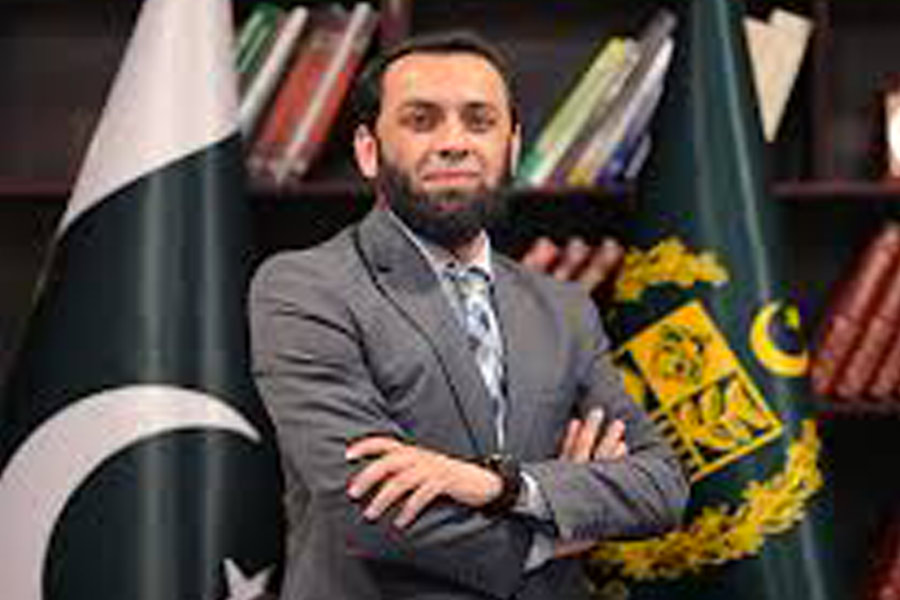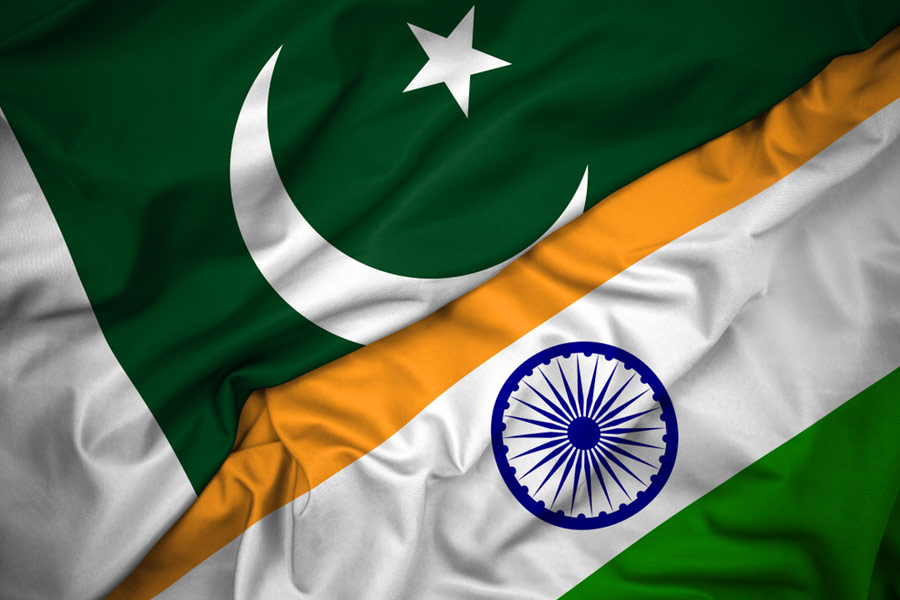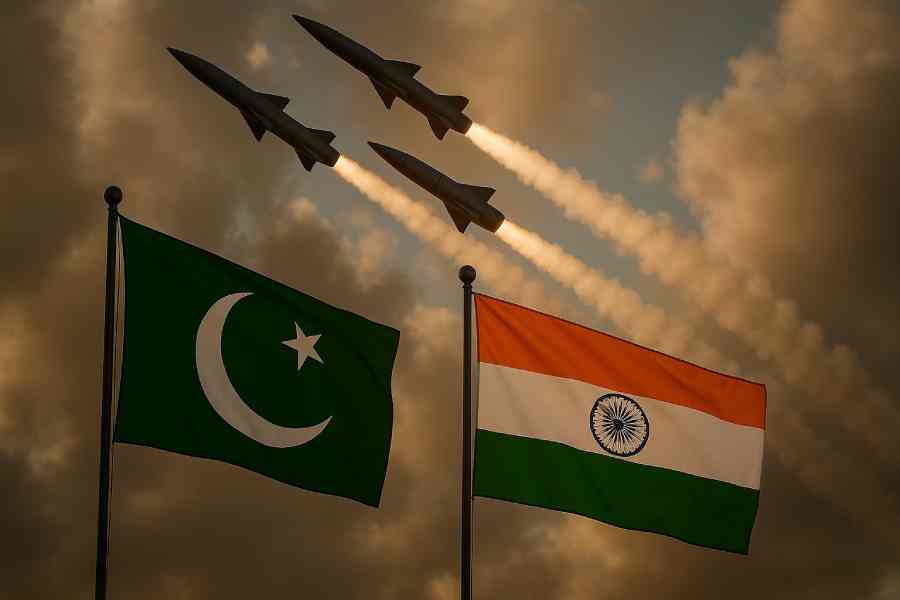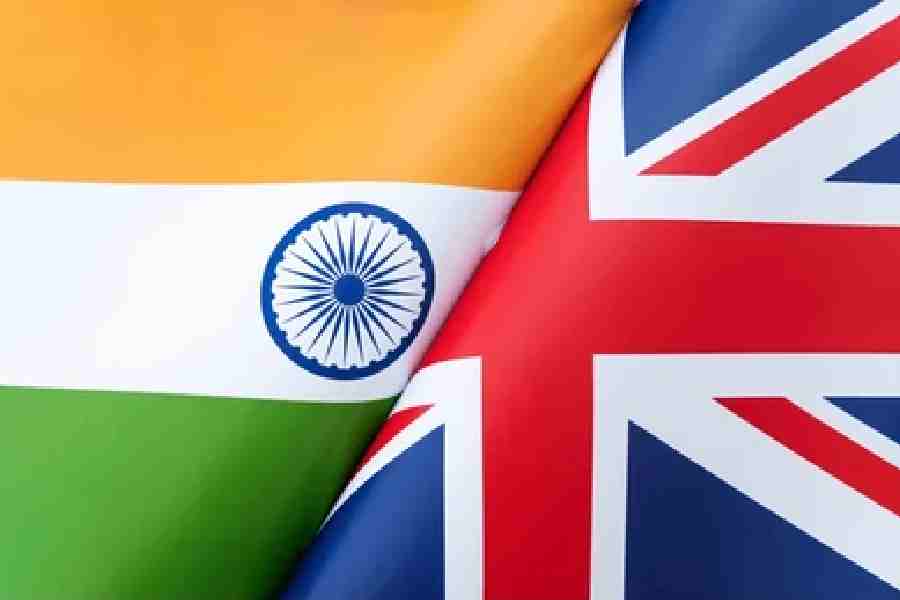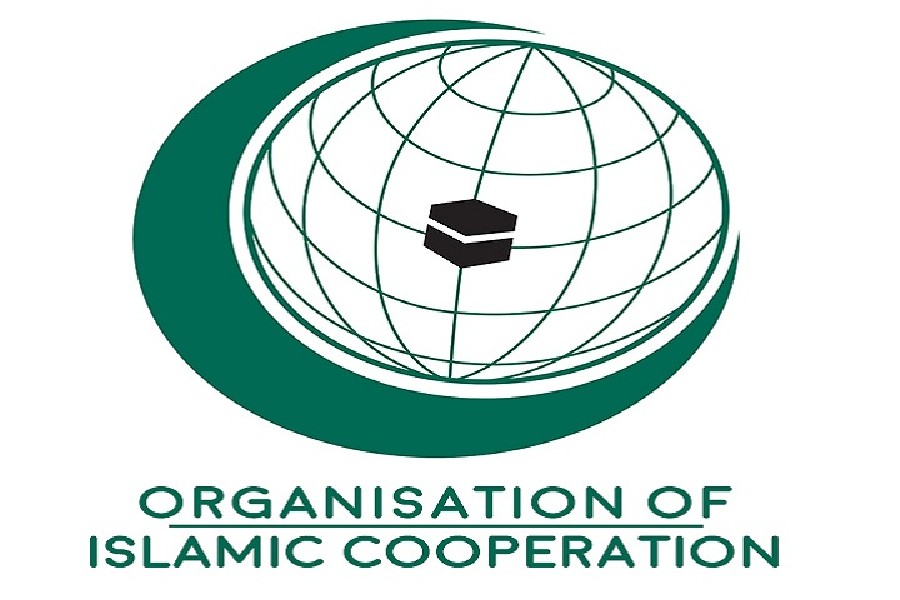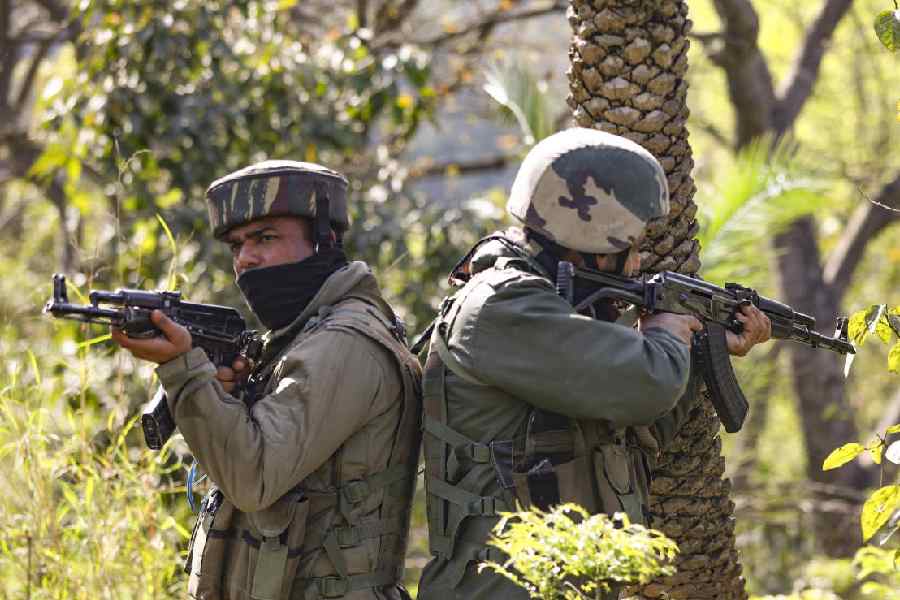Recent work on the history of Indian nuclear weapons development has shown a growing interest in the political activities and influence of the scientists and engineers of the atomic energy commission. Books such as George Perkovich's India's Nuclear Bomb: The Impact on Global Proliferation and Itty Abraham's The Making of the Indian Nuclear Bomb: Science, Secrecy, and the Postcolonial State, as well as articles by Scott Sagan and Peter Lavoy, eschew long analyses of the Indian strategic situation in favour of detailed, copiously researched history of bureaucratic, institutional, and political wrangling 'behind the scenes'. The trend away from armchair strategizing and toward detailed history is certainly a welcome one, and there is much interesting new data in each of these works.
Unfortunately, however, when these works attempt to build from historical detail to overall theory, they tend to fall into what I would call the 'Dr Strangelove' fallacy. This fallacy is composed of at least three propositions: the scientists and engineers of the AEC - otherwise known as the 'atomic establishment'- have from the start been either indifferent to or positively excited about the prospect of making nuclear weapons. A nuclear bomb programme has appealed to the 'atomic establishment' as a perfect way of pursuing their corporate self-interest, that is, acquiring greater budgetary outlays. The technical wizardry of the 'atomic establishment' has permitted them to bamboozle and hypnotize their political 'masters' into letting them bring India across the 'nuclear threshold'. In this short article, I will argue that each of the preceding points is doubtful both in the Indian case and as a more general proposition.
The proponents of the 'Dr Strangelove' fallacy contend that the 'atomic establishment' has consistently pressed for an Indian nuclear bomb. On the very first page of his book, Perkovich calls Rajagopala Chidambaram and A.P.J. Abdul Kalam the 'leaders of the strategic weapons establishment, an enclave of scientists and engineers in India's defence research and atomic energy institutions who for five decades had been pushing India to join the exclusive club of nuclear weapon states. Now, on May 11, 1998, they were on the verge of crossing the threshold unambiguously'.
The first problem with the idea of a long drive for the bomb by the 'atomic establishment' is that a univocal 'atomic establishment' is hard to find in India or in any other nation. For one thing, most of the resources, time and efforts of the AEC are devoted to the civilian nuclear power programme. Many of the AEC scientists who are focussed on the civilian side naturally tend to view steps toward the bomb with suspicion. On top of this, there is the inevitable cultural clash between the AEC and the military, who are not the 'natural' allies on the bomb issue that the 'Dr Strangelove' perspective claims them to be. Civilian scientists, who participate in an international community marked by the free flow of information, have trouble coming to agreement with military officers, whose world is by contrast one of clearly defined borders. This is not to deny that the AEC has high profile advocates of nuclear weapons, for it certainly does. But they do not represent any 'establishment' interest. For every Raja Ramanna there has been a Vikram Sarabhai.
Even some of the members of the so-called 'bomb lobby' that Perkovich and the others point to are in fact not so easy to pin down. Homi Sethna, for instance, was certainly instrumental in promoting India's 'peaceful nuclear explosion' of 1974. But his pressure for the PNE should not be equated with pressure for 'the bomb'. To this day, Sethna has consistently maintained that he was solely interested in the scientific, engineering and industrial applications of nuclear explosions.
Moreover, he told me in an interview that when once in private Indira Gandhi referred to the planned PNE as a 'bomb', he corrected her, saying rationality and indeed her religion would not permit her to acquire such a terrible weapon of mass destruction. Moreover, when Indira Gandhi asked Sethna to judge the likelihood of a Pakistani bomb - a golden opportunity for him to create momentum for an Indian bomb programme - Sethna argued that there was nothing to worry about for at least 10 years and probably more.
The second fallacy is that the 'atomic establishment' wanted the bomb because its interest is to get a bigger budget. But in fact the AEC, like most bureaucratic organizations, is interested in greater autonomy as well as in greater budgets. It is not at all clear that producing nuclear weapons is the ticket to greater autonomy. To use a comparative historical example, the first United States AEC chairman, David Lilienthal, was disillusioned by observing that his organization had become 'nothing more than a major contractor to the department of defence'. It stands to reason that the Indian AEC fears the same fate.
The third fallacy is that the 'nuclear establishment' easily had its way with the politicians. The lynchpin of the 'Dr Strangelove' argument is that the 'atomic establishment' has had heavy influence if not control over all aspects of Indian nuclear policy. As Abraham writes: 'Bhabha's political monopolization of atomic energy was decisive in strengthening the already existing conjuncture of science and state in India.'
It is true that due to the institutional framework put in place by Jawaharlal Nehru and Homi Bhabha, the AEC has historically directly reported to the prime minister. This has of course allowed for greater access than normal bureaucratic actors have. The AEC has also enjoyed great prestige in the Indian public arena. But are access and prestige the same as political influence, especially on the fundamental question of whether or not to 'go nuclear'?
The first point to make in this connection is that in both 1974 and 1998, the prime ministers in power were strong leaders with minds of their own. If the tests had occurred under the rule of H.D. Deve Gowda or even P.V. Narasimha Rao, the 'scientists' pressure' hypothesis might hold some water. But in fact they were conducted under Indira Gandhi and Atal Behari Vajpayee. Can anyone truly think that such individuals let themselves be bullied or tricked into an act that was so clearly going to revolutionize India's diplomatic and security situation? Besides, in the case of Indira Gandhi, the real decision was taken not during her domestic troubles of 1974 but rather at the height of her power, in 1972. And as for Vajpayee, he had made his support for nuclear weapons clear over years if not decades.
The main case for the scientists' influence rests, dubiously, on the non-test of 1995 that was supposedly ordered by Rao. While something did clearly happen in the Rajasthan desert in 1995, it is not at all clear that the correct story is one of Rao first relenting to the scientists' pressure to test, then doing an about-face when the Americans discovered the preparations. At least two alternative stories seem equally plausible. One is that Rao saw the test as a way to salvage his declining political fortunes in the run-up to an election contest with a strong (and nuclear weapons-promoting) Bharatiya Janata Party. Another, much more plausible hypothesis is that Rao considered testing in the wake of the comprehensive test ban treaty debacle, but that a broad array of advisors prevailed on him to abandon the idea for economic and diplomatic reasons.
Certainly, any detailed history of the Indian nuclear bomb should cover the actions of the AEC scientists and engineers. But there is a difference between description and explanation. If one wants to explain why India chose to 'go nuclear', a focus on the political machinations of the AEC helps very little.
The 'bureaucratic politics' school of thought in international relations emerged in the atmosphere of cynicism of the late Sixties US. It has made some significant contributions to our understanding of the world. But it is not appropriate as a model to explain every decision in foreign and security policies. The decision of whether or not to 'go nuclear' is perhaps the most fundamental decision that any government can take. For better or for worse, the BJP government made this decision in 1998 based on its vision of India and the world. 'Dr Strangelove' is a great movie, but it is a work of fiction. If bureaucratic politics was essentially irrelevant to the Indian decision to 'go nuclear', how should this affect American nonproliferation policy? Unfortunately, the lessons are not clear. One could argue that since the nuclear weapons decision was essentially a top-down one, the US goal of convincing the Indian leadership to move toward 'un-proliferation' could conceivably succeed. The point is worth considering, but it is necessary to note that bureaucracies are much better at resisting change than at fostering it.
Therefore, even though the 'atomic establishment' was not the key to India's choice to 'go nuclear', it could prove a daunting adversary for any future Indian prime minister who attempted to 'undo' what was wrought at Pokhran. India is now living in a post-test era, with a different regional power configuration than before, a different institutional framework for national security and nuclear matters, and indeed even different politics. For all these reasons as well as the bureaucratic politics factor, the goal of Indian 'un-proliferation' seems at best a distant dream.
 Wednesday, 07 May 2025
Wednesday, 07 May 2025

